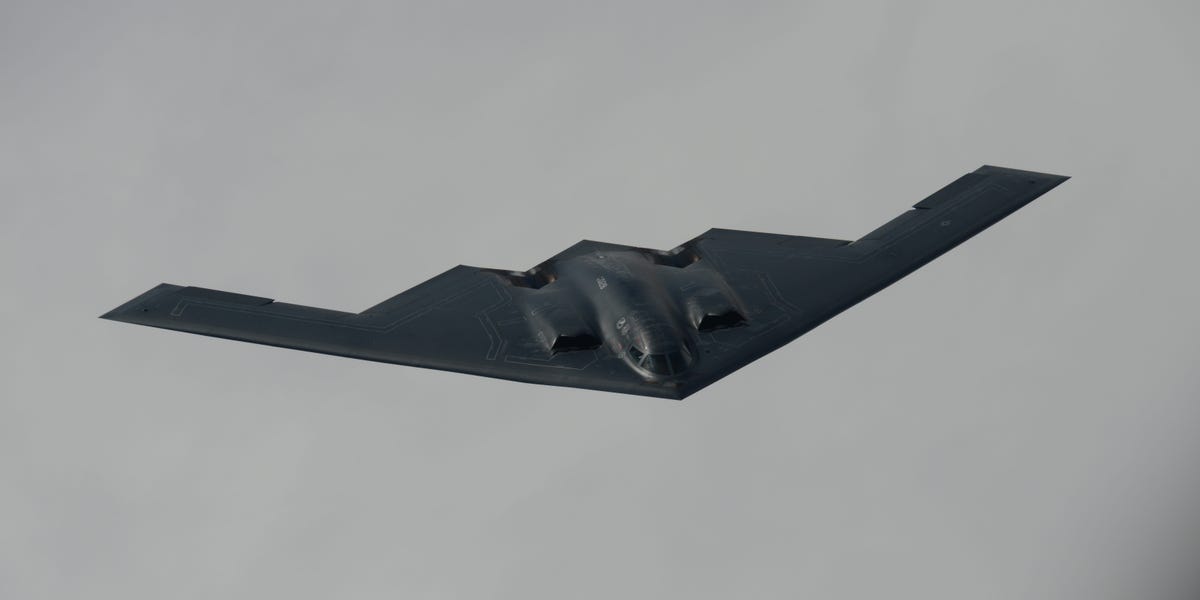WASHINGTON, D.C. – In a dramatic escalation of tensions, the United States launched a series of precision strikes against Iranian nuclear facilities, deploying the GBU-57 Massive Ordnance Penetrator for the first time in combat.
Immediate Impact
The operation, which took place over the weekend, targeted key nuclear sites in Fordow, Natanz, and Isfahan. According to Gen. Dan Caine, Chairman of the Joint Chiefs of Staff, US forces utilized approximately 75 precision-guided weapons, including 14 GBU-57 bombs.
Key Details Emerge
The GBU-57, a formidable non-nuclear weapon, is specifically designed to penetrate deeply buried bunkers. Weighing around 30,000 pounds, it can only be deployed by the B-2 Spirit bomber, underscoring its role in targeting “weapons of mass destruction located in well-protected facilities,” according to the US Air Force.
The GBU-57 can penetrate up to 200 feet underground before detonating, depending on the material it encounters.
Expert Analysis
Heather Williams, a senior fellow at the Center for Strategic and International Studies, highlighted the strategic importance of the Fordow facility, noting its deep mountain location makes it challenging for other nations to target effectively. “Multiple hits by a GBU-57 could potentially neutralize such fortified sites,” she explained.
Regional Implications
President Donald Trump lauded the operation as a “very successful attack,” emphasizing the deployment of a “full payload” of bombs at Fordow. In the wake of the strikes, Trump called for peace, yet the attacks represent a significant escalation amid ongoing regional conflicts.
“This development builds on recent tensions following Israel’s air campaign against Iran,” Williams noted, adding that Tehran has retaliated with missile and drone strikes.
Background Context
Earlier this month, Israel intensified its military actions against Iran to curb its nuclear ambitions, which Iran insists are for civilian purposes. The US’s involvement marks a pivotal shift, as Trump had previously indicated a two-week deliberation period before deciding on military action.
What Comes Next
Iran has warned of potential retaliation against US interests in the Middle East, where American forces maintain a significant presence. The situation remains fluid, with geopolitical analysts closely monitoring the region for further developments.
The timing of these strikes is particularly significant, given the volatile nature of Middle Eastern geopolitics. As the situation unfolds, the international community watches closely, anticipating possible diplomatic or military responses.
